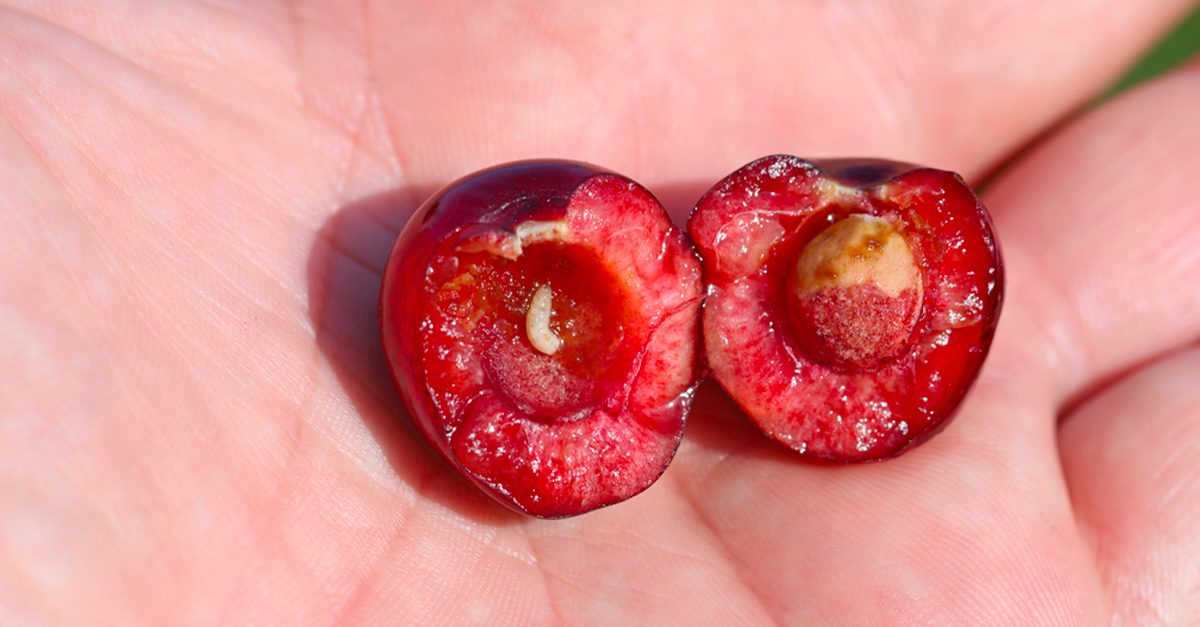What is the name of the white part of the citrus peel? And what do the celestial bodies have to do with it?
Everyone knows this: when you make limoncello, you should be careful to macerate only the yellow part of the lemon peel, aromatic and thin. It’s not good to cut it thick leaving also the innermost white part, it would become bitter.
;)
The citrus season returns, and we certainly do not want to spend another year talking about the ‘white peel'. Also because it has a name of Latin ancestry with an amazing sound, which it shares with an optical phenomenon that speaks to us of celestial bodies: goodbye ‘white of the peel', welcome ‘albedo'. (And what about the yellow part?)
Everyone knows this: when you make limoncello, you should be careful to macerate only the yellow part of the lemon peel, aromatic and thin. It’s not good to cut it thick leaving also the innermost white part, it would become bitter. The same applies to all the recipes in which the citrus peel, in pieces or finely scraped, should be added.
Well, that white, spongy, bitter and more internal part of the citrus peel is technically called ‘albedo', feminine noun. This name presents itself as a pure Latinism, in fact albedo, in Latin, is literally the whiteness (from albus, ‘white').

The Italian had already known since the sixteenth century, as a learned voice, the albedine, which had just these generic meanings referring to the white color. Instead, the recording of albedo is much later, we are talking about the last decade of the Nineteenth century, and in the botanical meaning of which we were speaking only in the 60s of the last century.
It can be said that this word has been recovered from the Latin twice: a first time in the Sixteenth century, in a broader meaning and in a more digested form (because it is not derived directly from the Latin name, but as more usual as accusative or ablative, albedinem / albedine), and a second one in the Nineteenth century, with technical and specialized meanings.
In the Nineteenth century ‘albedo' appears for the first time as a variant of ‘albedine' in the lexicon of physics, describing a characteristic of reflectivity: in short, the albedo is the fraction of light that is reflected by a body. As we know, depending on the material, the color, the surface, each body reflects a portion of light different from that which strikes it, and neither the mirrors reflect it all, nor does the Vantablack absorb it entirely.

In particular, however, we talk about albedo in relation to the celestial bodies that do not shine with their own light, and that send back a different quantity of light according to their constitution. The value of the albedo is between the limits of zero (the light is not reflected) and one (all the light is reflected). For example, in our solar system, the planet with the most notable albedo is Venus (about 0.6-0.7); curiously the moon, although it appears bright in the night sky, because of its rough and dusty surface has a miserable albedo: just 0.07. This means that it only reflects seven hundredths of the light it receives. So the moon has half the albedo of a blackboard. The Earth has a global albedo of slightly less than 0.4, but from area to area the albedo varies considerably: as it is easy to imagine, grasslands, seas and glaciers reflect differently the same light they receive.

Only in the '60s (to be precise the attestation of the meaning seems to be of 1961, that’s impressive) albedo becomes a botanical word that leads us from the celestial bodies into the orchards and kitchen, where it is the sworn enemy of the limoncello makers and of the most picky ones, who spend long minutes to clean the segments of oranges and tangerines from every trace of albedo. It will not be as succulent as the juicy part of an orange, but it seems that the citrus albedo has a great deal of nutritional virtues. But you can also be satisfied with the aesthetic virtues of the name.
And what about the yellow or orange part? What’s its technical name? It is called flavedo, name certified in 1973 (built from the Latin flavus, ‘yellow, golden'). So in the cake you have to scratch the orange flavedo. A real world of lexical refinements for blogs and videolog of recipes!
;Resize,width=767;)
;Resize,width=712;)
;Resize,width=712;)
;Resize,width=712;)
